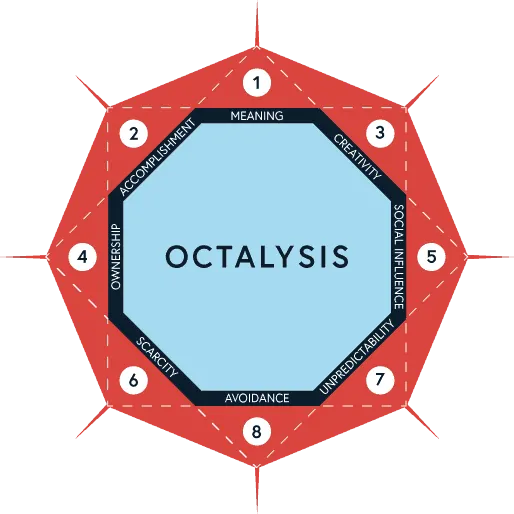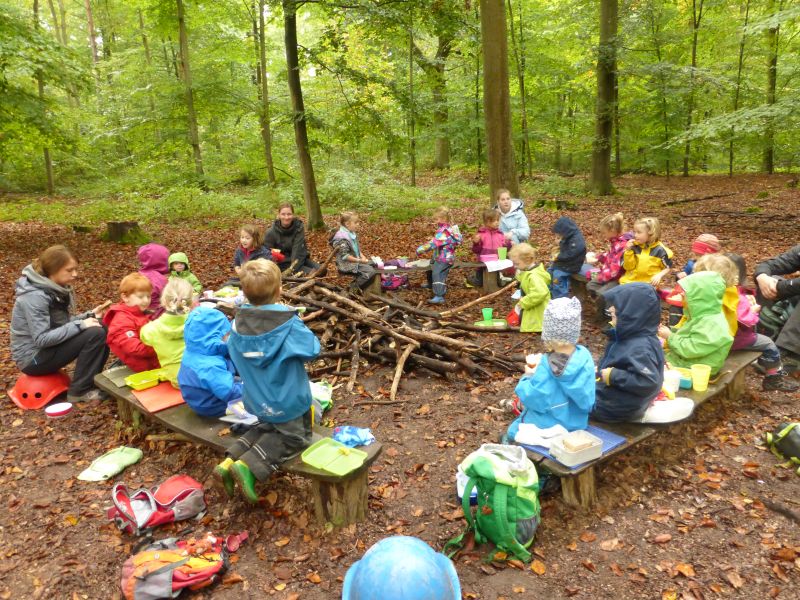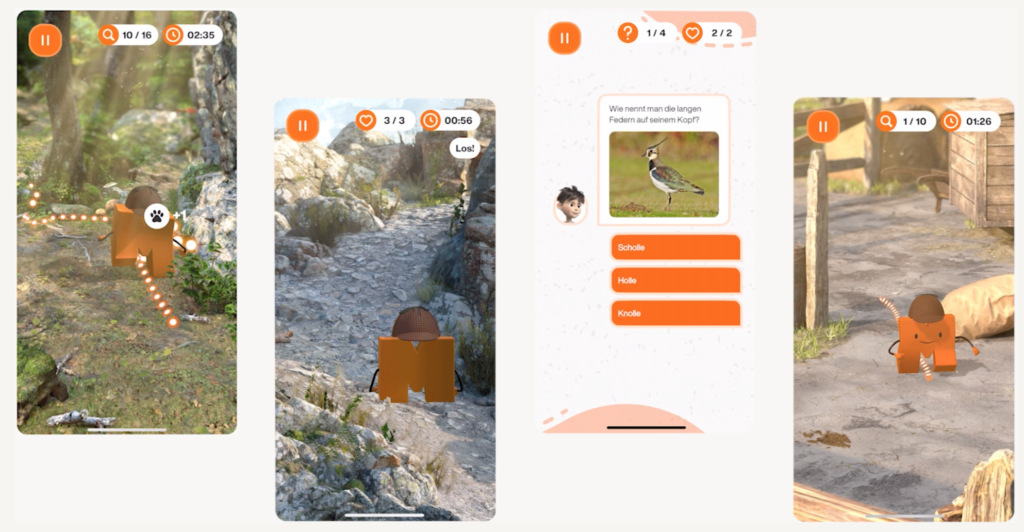The Octalysis framework is a method for designing and analyzing gamification. It is based on 8 core drives that are the underlying motivations for human behavior. I find it interesting to think about how this could apply for the gamification of nature for children.

For example, using the “Epic Meaning and Calling” drive, children can feel like they are part of something bigger than themselves, such as protecting and preserving nature for future generations.
The “Development and Accomplishment” drive can be tapped into by providing children with opportunities to learn new skills and improve their abilities. A possible way to approach this could be by creating activities that involve nature observation, such as tracking animals, or identifying different types of plants and animals.
The “Empowerment of Creativity and Feedback” drive could be about giving children the freedom to create their own projects and receive feedback on their work such as providing children with the resources and guidance to create their own nature-based projects, like building a birdhouse or creating a nature sketchbook.
The “Ownership and Possession” drive could be engaged by giving children the opportunity to (unofficially) take ownership and responsibility for a small piece of nature, such as a garden or a tree. This could be reinforced by creating activities that involve planting, nurturing and caring for a small piece of nature.
A possible way to tap into the “Social Influence and Relatedness” drive could be by providing children with opportunities to share their nature experiences with others. If we are thinking about an app, an option for this would be by having a multiplayer mode or a way of sharing their accomplishments on the app with their friends.
In this case the “Unpredictability and Curiosity” drive could mean providing children with opportunities to explore and discover new things in nature all while keeping their interest.
The “Scarcity and Impatience” drive can be engaged by highlighting the urgency of conservation and the importance of nature. This could mean focusing on endangered species, or raising awareness about the impacts of pollution and climate change in a child friendly way.
The “Avoidance and Loss” drive could mean emphasizing the negative consequences of not taking action to protect nature and encouraging children to act to prevent loss. A possible way of doing this would be showing what their local park could look like if the environment was neglected.
Overall, the Octalysis framework could be an effective tool for gamifying nature experiences for children. By understanding the 8 core drives that motivate human behavior, it may be possible to create engaging and meaningful nature-based activities that tap into these drives.
Sources:
https://yukaichou.com/gamification-examples/octalysis-complete-gamification-framework/


